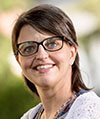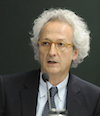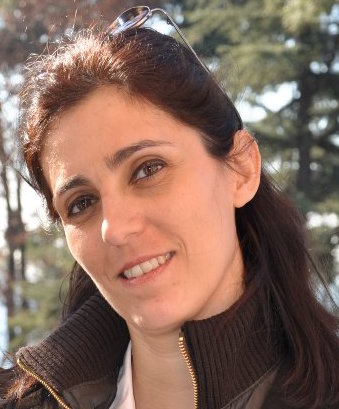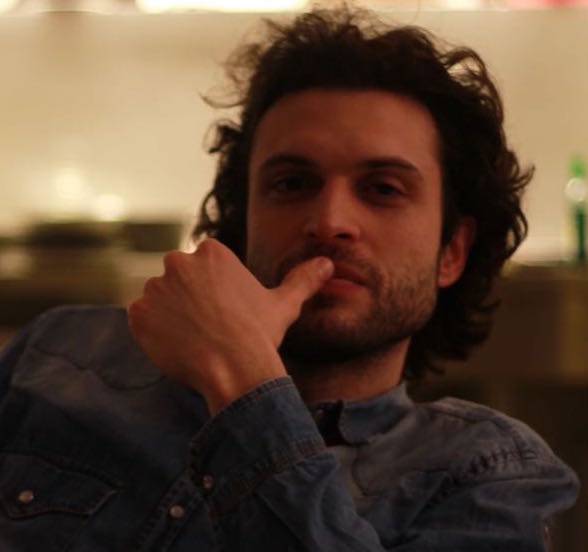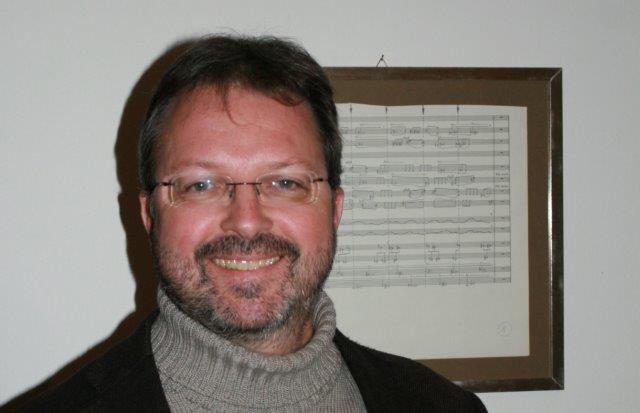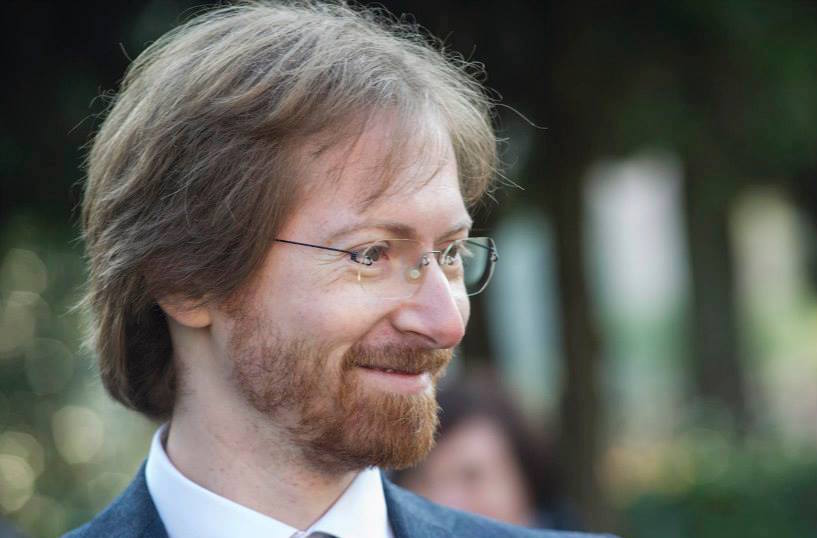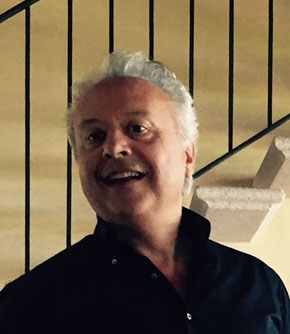Studying at the University of Verona
Here you can find information on the organisational aspects of the Programme, lecture timetables, learning activities and useful contact details for your time at the University, from enrolment to graduation.
Academic calendar
The academic calendar shows the deadlines and scheduled events that are relevant to students, teaching and technical-administrative staff of the University. Public holidays and University closures are also indicated. The academic year normally begins on 1 October each year and ends on 30 September of the following year.
Course calendar
The Academic Calendar sets out the degree programme lecture and exam timetables, as well as the relevant university closure dates..
| Period | From | To |
|---|---|---|
| 1 A | Sep 27, 2021 | Nov 6, 2021 |
| 1 B | Nov 15, 2021 | Jan 12, 2022 |
| 2 A | Feb 14, 2022 | Mar 26, 2022 |
| 2 B | Apr 4, 2022 | Jun 4, 2022 |
| Session | From | To |
|---|---|---|
| Sessione d'esame invernale | Jan 10, 2022 | Feb 12, 2022 |
| Sessione d'esame estiva | Jun 6, 2022 | Jul 23, 2022 |
| Sessione d'esame autunnale | Aug 29, 2022 | Sep 24, 2022 |
| Session | From | To |
|---|---|---|
| Sessione straordinaria (a.a. 2020/21) | Mar 28, 2022 | Apr 2, 2022 |
| Sessione estiva | Jul 11, 2022 | Jul 16, 2022 |
| Sessione autunnale | Nov 7, 2022 | Nov 12, 2022 |
| Sessione straordinaria | Mar 31, 2023 | Apr 6, 2023 |
| Period | From | To |
|---|---|---|
| Festività natalizie | Dec 24, 2021 | Jan 2, 2022 |
| Festività pasquali | Apr 15, 2022 | Apr 19, 2022 |
| Festività Santo Patrono di Verona | May 21, 2022 | May 21, 2022 |
| Chiusura estiva | Aug 15, 2022 | Aug 20, 2022 |
Exam calendar
Exam dates and rounds are managed by the relevant Culture and Civilisation Teaching and Student Services Unit.
To view all the exam sessions available, please use the Exam dashboard on ESSE3.
If you forgot your login details or have problems logging in, please contact the relevant IT HelpDesk, or check the login details recovery web page.
Should you have any doubts or questions, please check the Enrollment FAQs
Academic staff
 beatrice.amico@univr.it
beatrice.amico@univr.it
 silvia.baroni@univr.it
silvia.baroni@univr.it
 giovanni.bernardini@univr.it
giovanni.bernardini@univr.it
 andrea.capuzzo@univr.it
andrea.capuzzo@univr.it
 marco.carradore@univr.it
marco.carradore@univr.it
 francesca.cecconi@univr.it
francesca.cecconi@univr.it
 monica.cristini@univr.it
monica.cristini@univr.it
 paolodalben@tin.it
paolodalben@tin.it
 maxclaudiogallo@gmail.com
maxclaudiogallo@gmail.com
 rocco.gaudenzi@univr.it
rocco.gaudenzi@univr.it
 gianluca.lanfranchi@univr.it
gianluca.lanfranchi@univr.it
 giacomo.mormino@univr.it
giacomo.mormino@univr.it
 giulia.pedrucci@univr.it
giulia.pedrucci@univr.it
 fedraalessandra.pizzato@univr.it
fedraalessandra.pizzato@univr.it
 valentina.romanzi@univr.it
valentina.romanzi@univr.it
 alberto.scandola@univr.it
alberto.scandola@univr.it
 sorayaelizabeth.shamloo@univr.it
sorayaelizabeth.shamloo@univr.it
 nicola.turrini@univr.it
nicola.turrini@univr.it
Study Plan
The Study Plan includes all modules, teaching and learning activities that each student will need to undertake during their time at the University.
Please select your Study Plan based on your enrollment year.
1° Year
| Modules | Credits | TAF | SSD |
|---|
2° Year activated in the A.Y. 2022/2023
| Modules | Credits | TAF | SSD |
|---|
Un insegnamento a sceltaForeign language B1 level (CB Test)3° Year activated in the A.Y. 2023/2024
| Modules | Credits | TAF | SSD |
|---|
2 MODULES AMONG THE FOLLOWING| Modules | Credits | TAF | SSD |
|---|
| Modules | Credits | TAF | SSD |
|---|
Un insegnamento a sceltaForeign language B1 level (CB Test)| Modules | Credits | TAF | SSD |
|---|
2 MODULES AMONG THE FOLLOWING| Modules | Credits | TAF | SSD |
|---|
Legend | Type of training activity (TTA)
TAF (Type of Educational Activity) All courses and activities are classified into different types of educational activities, indicated by a letter.
Semiotics and Philosophy of Science (2023/2024)
Teaching code
4S008050
Credits
12
Coordinator
Language
Italian
Courses Single
AuthorizedThe teaching is organized as follows:
Logic and philosophy of science
Credits
6
Period
See the unit page
Academic staff
See the unit page
Learning objectives
This integrated course holds as an introduction to the processes by means of which meaning is produced and meaningful effects are created in the relationship between mind and world and in the activities aimed at transmitting information. The first module familiarizes the participants with the fundamental concepts of logic and epistemology, the correct rules of deduction and inference, and, more in general, with the fundamental aspects of the scientific method. The second module introduces the cognitive bases of the processes by means of which meaning is produced, while analyzing these processes from a semiotic perspective and with a particular focus on text comprehension and on the techniques of argumentation and persuasion as applied in the construction of messages within the different media. At the end of the course, the participants must be aware of the nature of the processes underlying the comprehension and production of meaning, and be able to apply the concepts of logic and semiotics in the analysis of the properties of texts and messages. I MODULO - LOGICA E FILOSOFIA DELLA SCIENZA (i) This course is conceived as an introduction to logic and philosophy of science, and involves a presentation and discussion of the most important philosophical problems connected to the development of the scientific method. On one side, there will be a presentation of the classical models of correct reasoning; on the other side, some of these models will be discussed from a cognitive perspective, based on how the human mind works. At the end of the course the student must be able to identify the different kinds of reasoning and to distinguish logically correct and logically incorrect reasoning (fallacies). He must also be endowed with an adequate knowledge of the nature of modern scientific research and of the link between science and reasoning. II MODULO- SEMIOTICA (p) This second module is conceived as an introduction to the concepts, the terminology and the style of analysis of semiotics. It will touch upon the history of the discipline and on its relationships with the scientific study of language, the acquisition of language and human cognition in general. Some examples will be produced and discussed of how discourse and argumentation produce meaning, how this meaning is processed and understood and how it should be structured in distinct layers. The focus will be mainly on verbal messages and on the distinct layers of sense produced within the various media (literary texts, advertisements, posters, websites, press, television programs, etc.). At the end of the course the participants must have understood the cognitive foundations of the fundamental concepts of semiotics, and be able to apply some of its familiar methods of analysis to the language of modern media.
Prerequisites and basic notions
No prerequisites required
Bibliography
Criteria for the composition of the final grade
The final grade will correspond to the average of the grades of the two exams of Semiotics and Logic and Philosophy of Science
Type D and Type F activities
COMPETENZE TRASVERSALI
| years | Modules | TAF | Teacher | |
|---|---|---|---|---|
| 3° | Methods of Research & Thesis Writing | F |
Alessandra Zangrandi
(Coordinator)
|
|
| 1° 2° 3° | Call for the poetic choir of the canto XXVI of the Purgatory | F |
Nicola Pasqualicchio
(Coordinator)
|
|
| 1° 2° 3° | Series of conferences Don Mazza University College | F |
Alessandra Zangrandi
(Coordinator)
|
|
| 1° 2° 3° | Dante on stage. Meetings with directors, actors, choreographers | F |
Nicola Pasqualicchio
(Coordinator)
|
|
| 1° 2° 3° | Girolamo Fracastoro. 500 years from the beginning of modern pathology | F |
Carlo Chiurco
(Coordinator)
|
|
| 1° 2° 3° | Laboratory of Theatrical Criticism | F |
Simona Brunetti
(Coordinator)
|
|
| 1° 2° 3° | Playlab - soft skills workshops | F |
Simona Brunetti
(Coordinator)
|
|
| 1° 2° 3° | Theatre with wheels | F |
Simona Brunetti
(Coordinator)
|
|
| years | Modules | TAF | Teacher |
|---|---|---|---|
| 1° 2° 3° | Future's Festival | F |
Alessandra Zangrandi
(Coordinator)
|
| years | Modules | TAF | Teacher |
|---|---|---|---|
| 1° 2° 3° | Series of conferences Don Mazza University College | F |
Alessandra Zangrandi
(Coordinator)
|
| 1° 2° 3° | Dante on stage. Meetings with directors, actors, choreographers | F |
Nicola Pasqualicchio
(Coordinator)
|
| 1° 2° 3° | From fascism to populism and back | F |
Renato Camurri
(Coordinator)
|
| 1° 2° 3° | Memorial Day | F |
Renato Camurri
(Coordinator)
|
| 1° 2° 3° | International Workshop Mothers in the Time of the Church Fathers: Maternal Thought and Maternal Practice between Normative Representations and Individual Transgressions | F |
Giulia Pedrucci
(Coordinator)
|
| 1° 2° 3° | Laboratory of Theatrical Criticism | F |
Simona Brunetti
(Coordinator)
|
| 1° 2° 3° | Playlab - soft skills workshops | F |
Simona Brunetti
(Coordinator)
|
| 1° 2° 3° | Theatre with wheels | F |
Simona Brunetti
(Coordinator)
|
| 1° 2° 3° | Workshop The ethics and aesthetics of the image | F |
Simona Brunetti
(Coordinator)
|
| years | Modules | TAF | Teacher |
|---|---|---|---|
| 1° 2° 3° | "Common world. 2022 Arendt Seminars | F |
Ilaria Possenti
(Coordinator)
|
| 1° 2° 3° | Restorative Justice | F |
Cristina Lonardi
(Coordinator)
|
| 1° 2° 3° | Gnoseology and Metaphysics Workshop | F |
Davide Poggi
(Coordinator)
|
| years | Modules | TAF | Teacher |
|---|---|---|---|
| 1° 2° 3° | "Common world. 2022 Arendt Seminars | F |
Ilaria Possenti
(Coordinator)
|
| 1° 2° 3° | Gnoseology and Metaphysics Workshop | F |
Davide Poggi
(Coordinator)
|
Career prospects
Module/Programme news
News for students
There you will find information, resources and services useful during your time at the University (Student’s exam record, your study plan on ESSE3, Distance Learning courses, university email account, office forms, administrative procedures, etc.). You can log into MyUnivr with your GIA login details: only in this way will you be able to receive notification of all the notices from your teachers and your secretariat via email and also via the Univr app.
Graduation
Documents
| Title | Info File |
|---|---|
|
|
pdf, it, 263 KB, 09/02/22 |
List of thesis proposals
| theses proposals | Research area |
|---|---|
| Laureandi Scienze della Comunicazione: vademecum | Various topics |
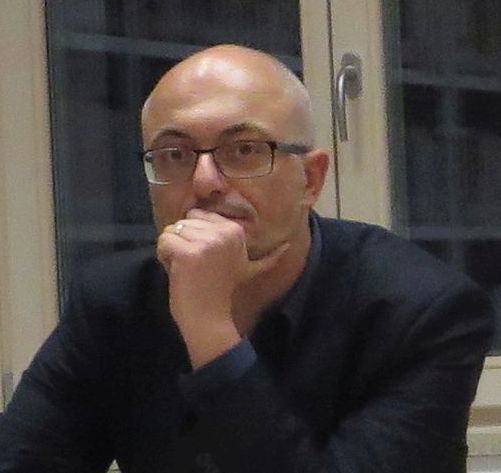

 +39 045 802 8108
+39 045 802 8108







